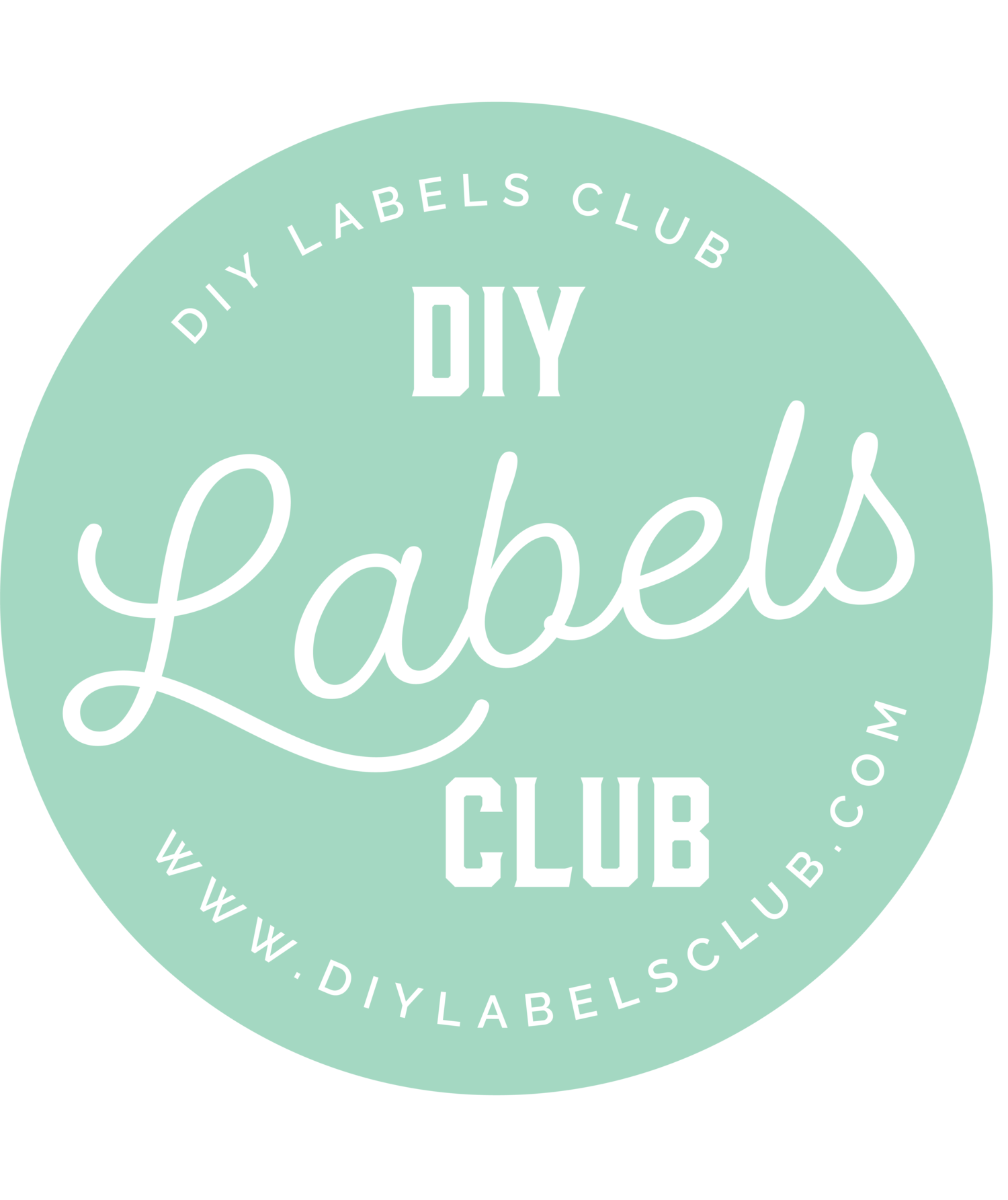Can You Clean Shells with Citric Acid? A DIY Shell Cleaning Experiment
If you're a beachcomber like me, you're always on the hunt for new, beautiful shells—whether for crafting, decorating, or just admiring their natural beauty. But let’s be honest: most shells don’t wash up perfectly clean and sparkling. Some come with mud, algae, or other ocean "extras" that need a little TLC.
This week, I’m sharing my recent experiences with cleaning seashells using citric acid—and how it compares to more traditional methods.
Does Citric Acid Work for Cleaning Shells?
The short answer is YES... but it depends.
I tried soaking a batch of shells in a mild citric acid solution (1–2 tablespoons citric acid powder per cup of warm water) for about 20-30 minutes. Here's what I found:
What it did well:
Brightened dull shells
Loosened surface grime
Removed some minor discoloration
What it didn’t do:
Remove slimy algae
Cut through thick, caked-on mud
Replace scrubbing or bleaching for heavily soiled shells
So, while citric acid is a gentle and natural cleaner for lightly dirty shells, it’s not a one-size-fits-all solution—especially for shells straight from muddy tidepools.
You can see that citric acid really did brighten up this snake eye and bring out the colors! However, there will still a bit of slimy algae on the right side of the shell. I scrubbed it and set it in the sun to remove that algae and then did another soak in the citric acid.
This scallop shell cleaned up nicely and the colors are much more vibrant now.
Other Tried-and-True Shell Cleaning Methods
If your shells are extra grimy, here are a few other techniques that might work better:
1. Bleach Soak
Mix 1 part bleach to 3 parts water.
Soak shells for a few hours (or overnight for tougher jobs).
Rinse thoroughly and let dry.
Setting them in the sun also helps immensely when wanting to whiten shells.
Best for killing bacteria, whitening, and removing stuck-on algae. This can tend to leave shells with a chalky residue, so you might want to experiment with timing and not over soak them in the bleach!
2. Boiling
Boil shells for 5–10 minutes.
Let them cool, then remove any remaining tissue or debris.
Great for shells with lingering animal matter inside or barnacles.
3. Manual Scrubbing
Use an old toothbrush or soft brush to remove mud or algae after soaking.
Good for targeted cleaning after softening up gunk with water, bleach, or citric acid.
4. Hydrogen Peroxide (3%)
Soak shells overnight.
Rinse and dry.
Gentler than bleach but effective for deodorizing and mild brightening.
How to Make Shells Shiny
Once your shells are clean, you may want to bring out their natural luster. Here are a few ways to do that:
Mineral oil or baby oil: Rub a small amount on clean, dry shells to deepen color and add shine.
Clear acrylic spray: Adds a glossy, protective finish—great for crafts or display shells.
Furniture polish or beeswax: Buffs shells to a soft, natural shine.
What About Muriatic Acid?
Some advanced shell collectors use muriatic acid (a very strong acid used in pool maintenance) to clean and polish shells. But here’s the catch:
It’s highly corrosive and can damage both shells and you if not handled properly. It can remove calcium deposits and brighten shells dramatically, but it also eats away at the surface if overused.
Unless you’re experienced with acids and wearing full protective gear, I’d recommend sticking with safer methods like citric acid, bleach, and oiling.
Final Thoughts
The verdict? Citric acid is a handy tool to have in your shell-cleaning toolkit—especially if you're working with shells that just need a little brightening. But for the tougher jobs, I still turn to bleach and good old scrubbing - I am still working to find the correct balance between them all though!
I’ll definitely continue to experiment with it and share what I learn along the way. Have you tried it before? I’d love to hear what works for you!
Stay Tuned…
For a more through video on my YouTube channel!



